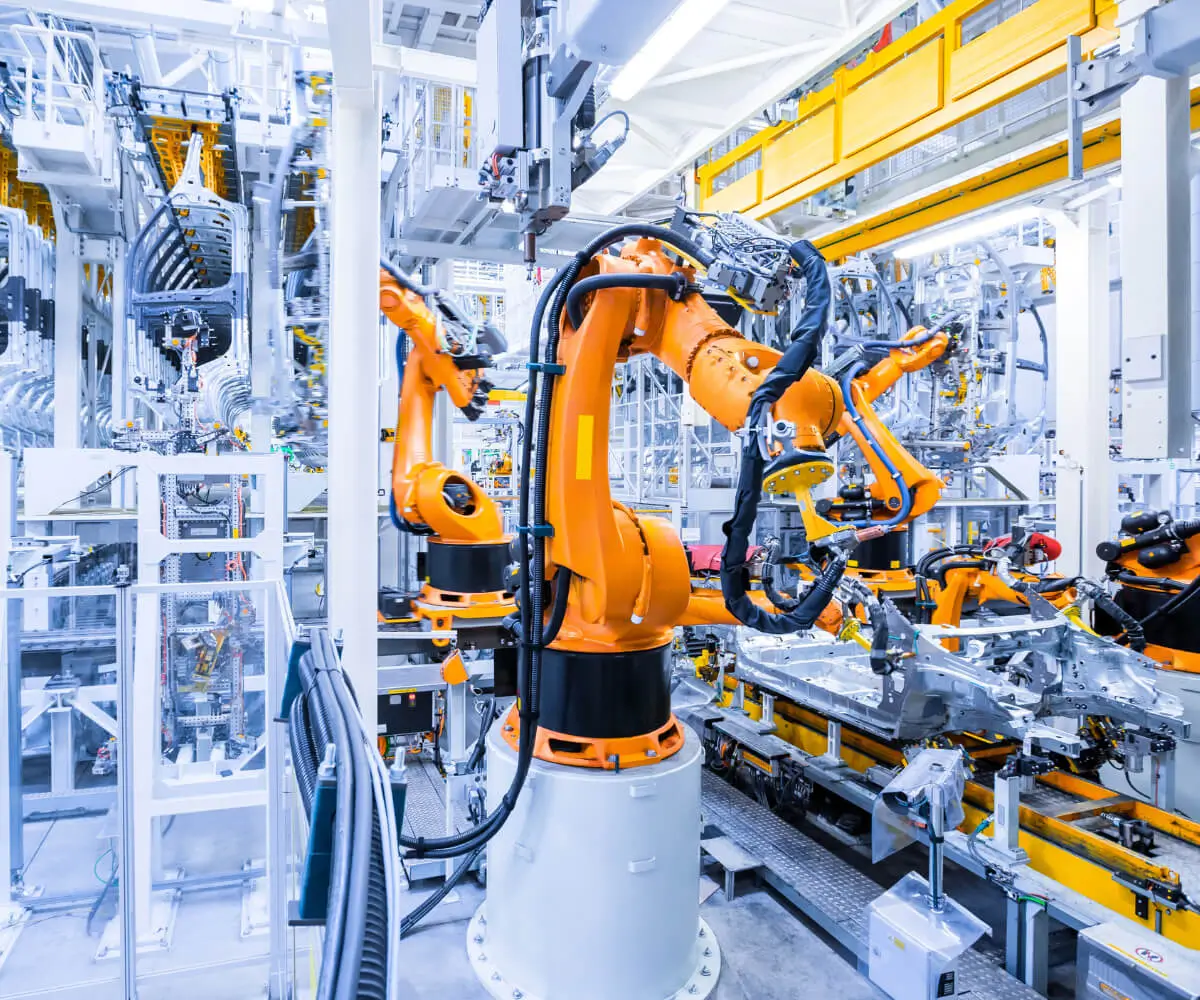Ever wondered what’s really behind those sleek apps you use every day? Sometimes, we get caught up in the shiny features or smooth interfaces, but underneath? There’s a whole universe of tech magic. One buzzword flying around a lot is “microservices,” and yes, it’s often mistaken for just a technology. But wait — is it really just a tool? Or is it more like a philosophy?

Microservices aren’t exactly a tangible piece of software you can hold in your hand. It’s more like an architectural style — a way of building applications where instead of one monolithic block, you get a bunch of smaller, independent bits. Think of a big restaurant kitchen. Instead of one huge chef trying to prepare everything, you have teams specialized in desserts, salads, main courses. Each operates independently but contributes to a common dining experience. That’s what microservices are doing in software — dividing a large app into smaller, manageable parts.
Now, when someone asks if microservices are a technology, the answer feels a bit fuzzy. They’re not just a new programming language or a specific piece of hardware. It’s a mindset shift, really. Developers leverage different technologies—like containers, APIs, cloud platforms—to make this architectural style work. It’s like assembling a car with different modules: the engine, the wheels, the braking system — each can be developed, replaced, or upgraded without overhauling the entire vehicle.
What’s fascinating — some companies swear by microservices for agility. Imagine releasing features faster without risking everything crashing down. Doesn’t sound like a tech? It’s more like a strategic approach that relies heavily on technology, yes. And it’s not a silver bullet. It can get complex quickly. Managing multiple services, ensuring they talk to each other securely, handling failures — it’s a busy, sometimes chaotic, playground. But when it clicks? The payoff can be huge.
Here’s a question that often comes up: “If microservices aren’t a technology, then what is?” Well, it’s a framework. An architecture. It’s like asking if a blueprint is a building. The blueprint guides construction, but the building itself is the real thing. With microservices, the real power is in how you design, deploy, and operate those tiny, independent services.
People talk about microservices like they’re the next big thing in digital transformation. And yeah, they are. But they’re also kinda like a double-edged sword. If you think about Netflix or Amazon — the systems running those giants are built on microservices. They can update parts of the service dynamically, adapt on the fly, and scale effortlessly. But getting there? Not a walk in the park.
So, if you’re pondering whether to go micro, remember: it’s not just about adding new tech. It's about rethinking how your entire application is assembled. It’s about agility, resilience, and sometimes a bit of chaos. But the chaotic part? That’s where innovation lives. And that’s what makes microservices so compelling — they turn software from a single mass into a living, breathing ecosystem.
Established in 2005, Kpower has been dedicated to a professional compact motion unit manufacturer, headquartered in Dongguan, Guangdong Province, China. Leveraging innovations in modular drive technology, Kpower integrates high-performance motors, precision reducers, and multi-protocol control systems to provide efficient and customized smart drive system solutions. Kpower has delivered professional drive system solutions to over 500 enterprise clients globally with products covering various fields such as Smart Home Systems, Automatic Electronics, Robotics, Precision Agriculture, Drones, and Industrial Automation.




































